What's Cooking in your World? Day 133 Papua New Guinea Mumu in a Drum Up Next, Paraguay
Papua New Guinea (PNG) is a country in the southwestern Pacific Ocean that boasts an incredibly diverse and unique culinary scene. Traditional PNG dishes are typically centered around fresh, locally-sourced ingredients like fish, fruits, and vegetables. Some of the most popular dishes include taro, kokoda, mumu, and sago pudding. Each dish has its own distinct flavor profile, making PNG.
What's Cooking in your World? Day 133 Papua New Guinea Mumu in a Drum Up Next, Paraguay
1. Sago Sago is a starch extracted from the sago palm tree. Similar in texture to cassava or tapioca pearls, it's a versatile ingredient used in a wide range of sweet and savory dishes including pancakes, porridge and bread. 2. Saksak Saksak is a traditional dumpling made with sago.

Kaukau na Painap (Papua New Guinean Sweet Potato and Pineapple Skewers) Tara's Multicultural Table
The PNG food group is broadly divided into 3 categories - edible greens ( kumu ), proteins like meat, fish & poultry ( abus) and staples (sago, sweet potatoes, taro, etc.) The common foods in the daily life of a Papuan include mostly the root crops like sago, sweet potatoes, taro, cassava, coconut and other tropical fruits.

Pin on Papua New Guinea Food, Travel and Culture
Papua New Guinean Food: 9 Must-Try Traditional Dishes of PNG Papua New Guinea is a country located in Oceania that includes the eastern half of the island of New Guinea and its offshore islands in Melanesia (a region of the southwestern Pacific Ocean north of Australia).
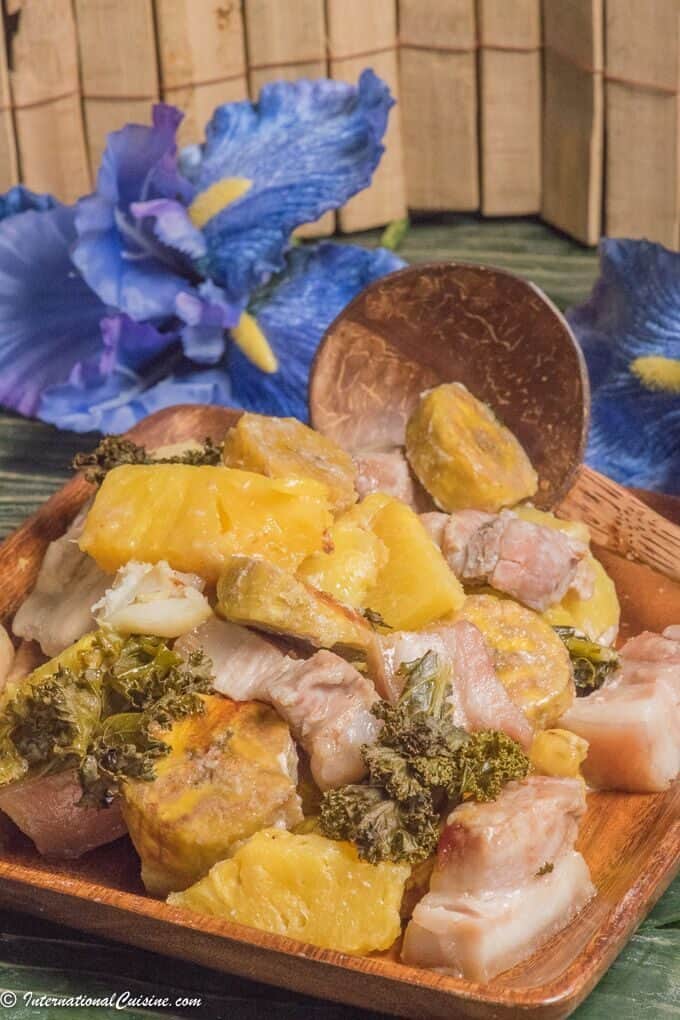
Mumu (A Papua New Guinean Favorite) International Cuisine
Mumu. Mumu is a traditional dish from Papua New Guinea, prepared in a pit or a hole in the ground that is filled with hot stones. The pit is lined with banana leaves, and the leaves are then filled with layers of ingredients such as leafy greens, root vegetables, meat, fruit, and large quantities of coconut milk.

The following highlights some of the popular Traditional Papua New Guinean Foods. If you manage to be in an Papua New Guinean restaurant or you are visiting Papua New Guinea, I recommend the following: 1. Kokoda This is one of the typical dishes of Papua New Guinea, but it is also present in Fijian cuisine.
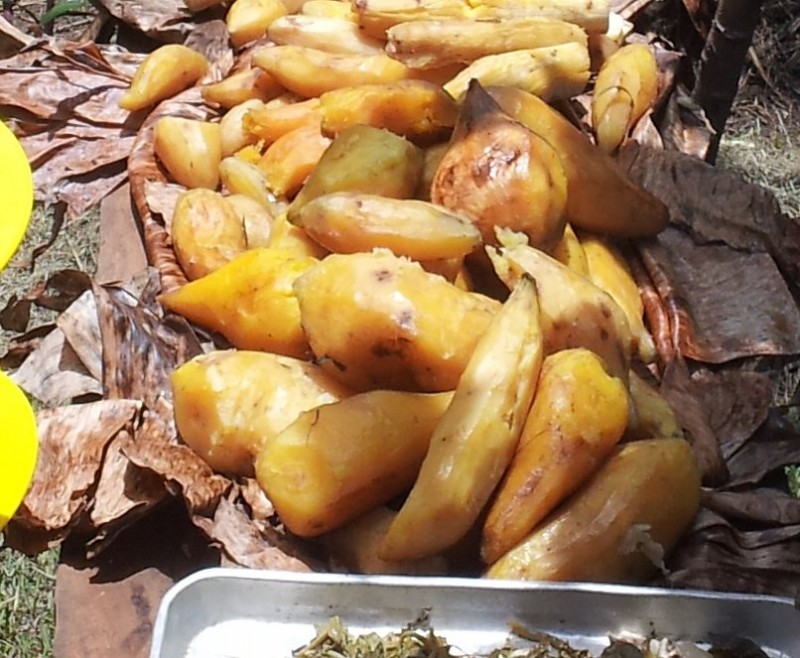
Foods of Papua New Guinea
1. Talautu One of the best ways to end a hearty meal in Papua New Guinea is to indulge in Talautu. This is a traditional dessert in Papua New Guinea that is uniquely served in a coconut shell. Shredded coconut flesh, pineapples, and coconut milk are some of the ingredients used in making Talautu.
What's Cooking in your World? Day 133 Papua New Guinea Mumu in a Drum Up Next, Paraguay
Papua New Guinea's Traditional Food. After knowing the country's traditional cooking method, let's talk about Papua New Guinea food, the traditional ones. Aunu Senebre. Aunu Senebre is a Papua New Guinea specialty. Making food from anchovies and sliced taro leaves and sliced taro leaves. This traditional dish has a bit of a wet texture.
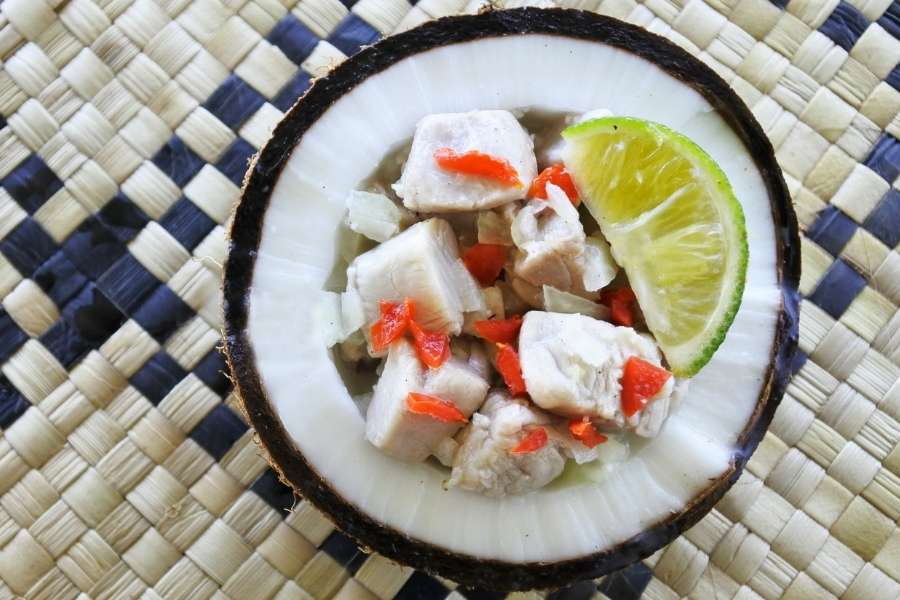
Papua New Guinean Food 9 MustTry Traditional Dishes of PNG Travel Food Atlas
Kaukau Kaukau is a Papuan term that generally refers to a variety of sweet potatoes. The most popular dish made with these sweet potatoes is prepared by baking them, removing the skin, then mashing the sweet potatoes with ingredients such as coconut milk, coconut oil, garlic, ginger, cheese, eggs, or cinnamon.

National Dish of Papua New Guinea Mumu National Dishes of the World
Almost all the dishes of Papua New Guinea are made with sweet potato, pork, vegetables, pawpaw, and so on. Let's dig in the Papuan delicacies. Table of Contents 1. Talautu Talautu is a traditional Papuan dessert, and it is widely popular in Australia and Oceania too.
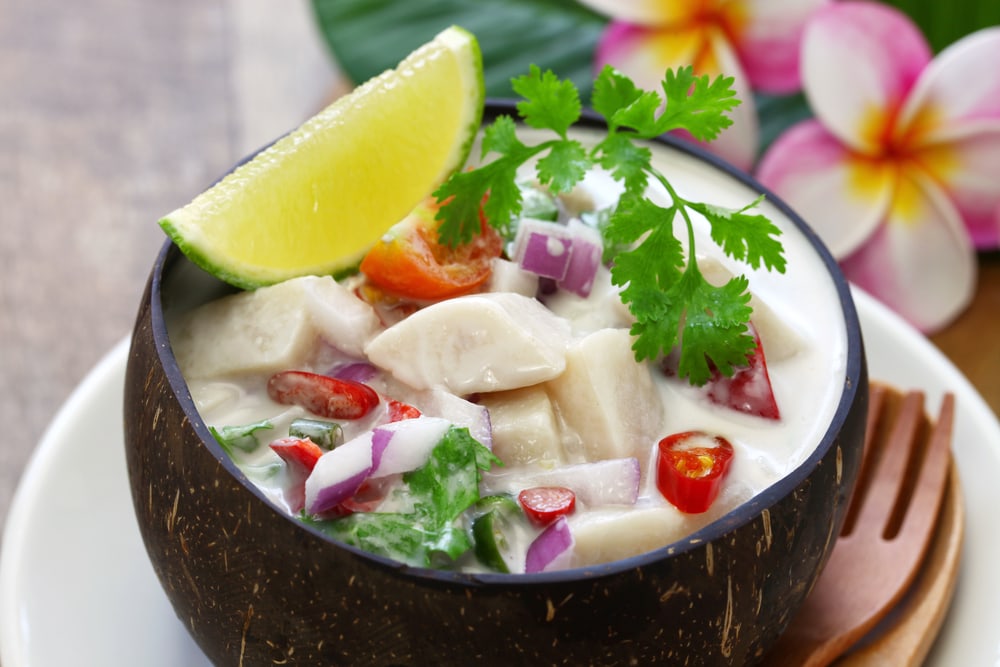
10 Platillos típicos de Papúa Nueva Guinea ¿Qué visitar? (2023)
n/a. Kaima bona gatoi is a savory vegetable dish from Papua New Guinea. It is usually served as an accompaniment to barbecued meat and fish. The dish is prepared by grilling eggplants, zucchini, hot peppers, and onions. Before grilling, the vegetables should be marinated in a combination of vinegar, o.

Kokoda Fish (A Papua New Guinean Appetizer) Recipe Food, Homemade recipes, Recipes
Notable dishes Mumu is regarded as the national dish of Papua New Guinea. It is composed of pork, sweet potato, rice, and vegetables. Mumu is an example of a balanced dish composed of the two bases, crops (including starch) and meat. The dish is named after the earth oven used traditionally.
What's Cooking in your World? Day 133 Papua New Guinea Mumu in a Drum Up Next, Paraguay
The most traditional dishes of Papua New Guinea are generally based on foods eaten in the eastern part of New Guinea island. So without further ado, here are the absolute must-try traditional dishes of Papua New Guinea along with recipes for you to try for yourself. Talautu

Papua New Guinea Food Go Papua New Guinea
A mix of Western and Asian foods, you will find a wide range of meat, seafood and vegetarian dishes. The atmosphere is relaxed and friendly, and Lae Yacht Club is considered to be the best place to eat on the island. Lae Yacht Club, Butibum Road, Voco Point, Lae, Morobe Province, Papua New Guinea, +675 472 4091.
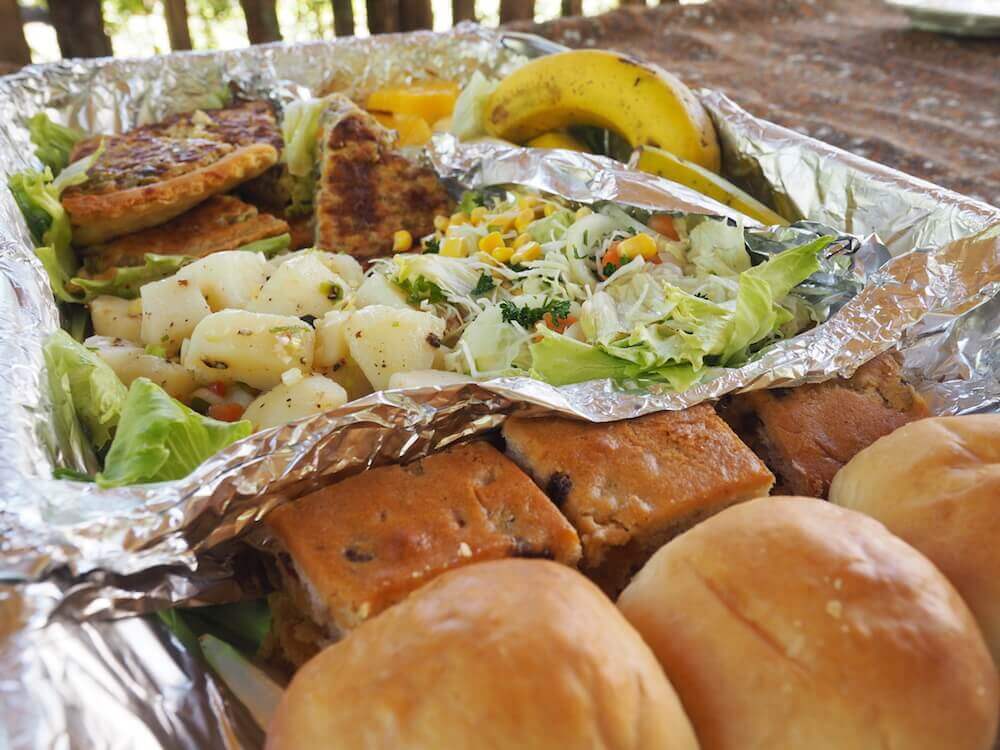
11 Tips You Need for Travelling to Papua New Guinea
A list of typical Papuan dishes and foods. Use it to help you plan a Papuan-style meal, party or festival. Soups and Stews Bugandi Egg Drop Soup Poultry Chicken Pot (Chicken simmered with vegetables and coconut cream) Meats Bully Beef (Corned beef with rice) Corned Beef and Pumpkin Mumu (Pit-roasted pork and vegetables) Fish and Seafood
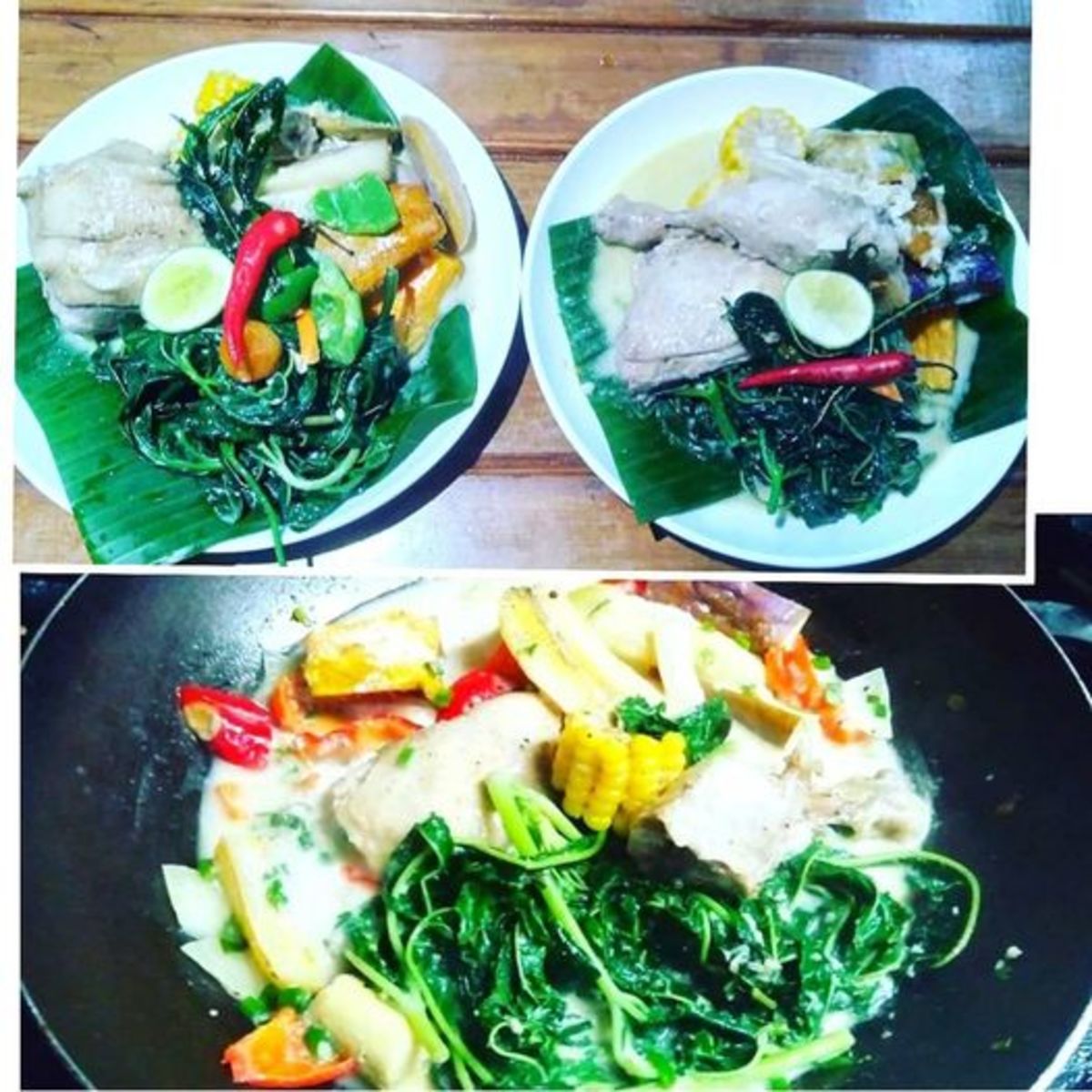
Mumu Papua New Guinea Food michelleagner1
Boil the water and add lemongrass stems for flavor. Pour the sago into a bowl. Add just enough warm water to loosen up the sago. (Note: The warm water used for loosening the sago is not the boiled water from step 1. Use a separate supply of plain, warm water.) Hand-mix the sago in warm water to loosen it. Strain to remove any stems or other debris.